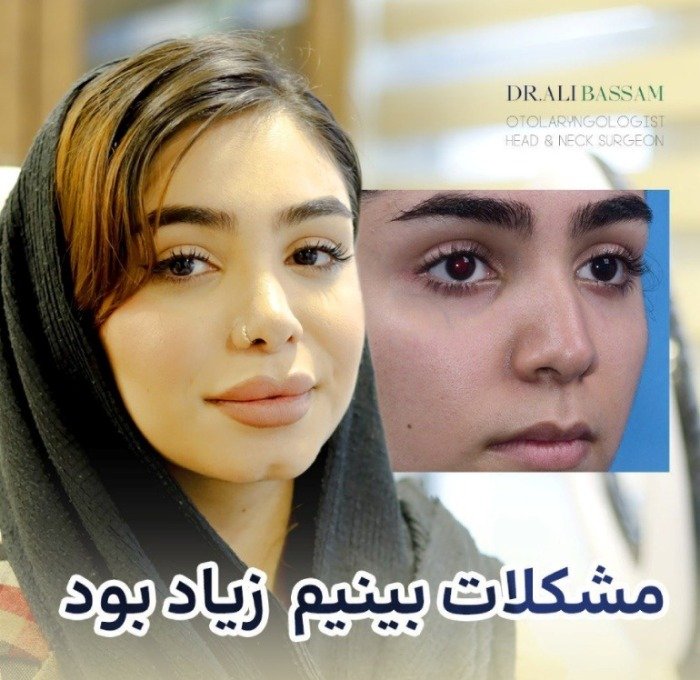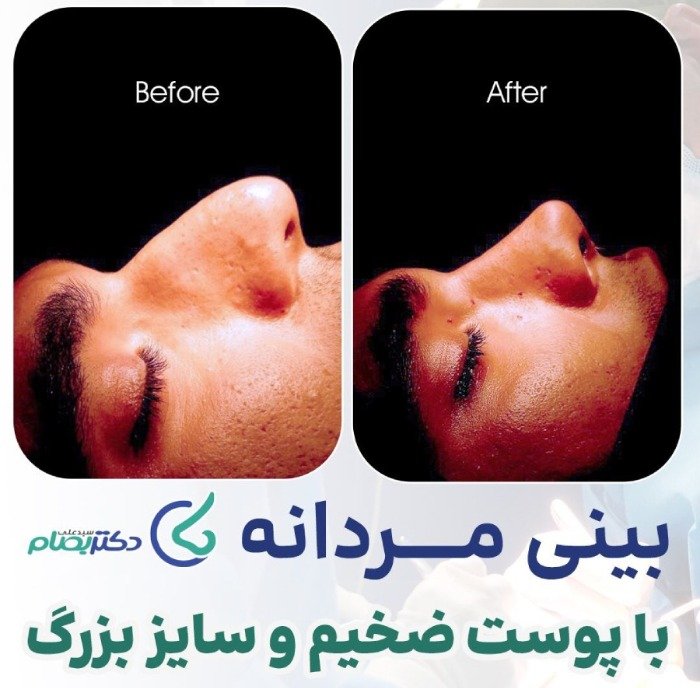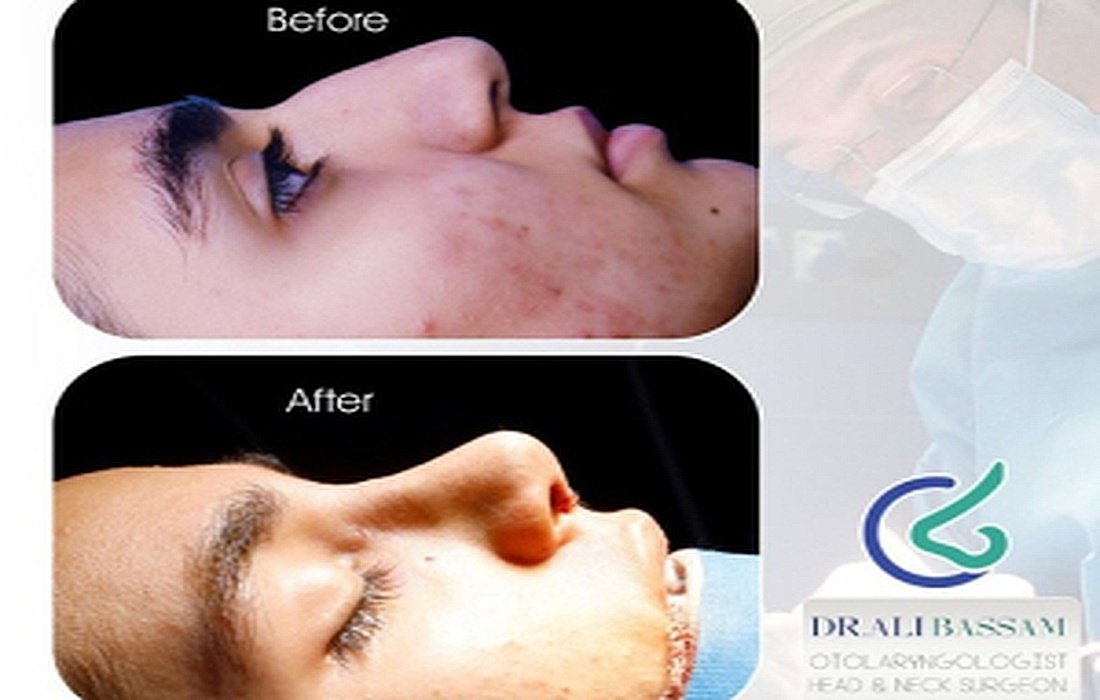When it comes to fleshy noses, there are concerns about whether the nose can return to its original shape after surgery. This article examines whether the surgery for fleshy noses is reversible and what factors may influence the success or return of the nose’s shape.
What is a fleshy nose and what are its characteristics?
To better understand the topic, we must first clarify what a fleshy nose is. A fleshy nose refers to a type of nose that has thick skin and numerous oil glands in the tip area. The main characteristics of a fleshy nose are:
- Thick and oily skin.
- Wide and rounded tip.
- Weaker cartilaginous structure compared to bony noses.
These characteristics make surgery on fleshy noses more challenging due to the added complexity.
Is the surgery for fleshy noses reversible?
One common question among people seekingfleshy nose surgeryis whether the nose can return to its original shape after the surgery? The answer to this question depends on several factors, which we will explore further:
1.Skin thickness
Thick and oily skin is one of the main factors in fleshy noses. After surgery, this type of skin may affect the modified shape of the nose and cause it to gradually regain some of its original form over time.
2.Quality of surgery
Surgery for fleshy noses requires high precision and experience from the surgeon. If the surgeon fails to adequately strengthen the cartilaginous structure or does not use appropriate techniques, the likelihood of the nose returning to its original shape increases.
3.The body’s natural healing process
Each individual’s body naturally tends to heal, which may mean some features of the original nose might return. In fleshy noses, this process might be more pronounced due to the skin characteristics and underlying tissues.
Reasons for the return of a fleshy nose
The return of shape in fleshy noses after surgery can occur for various reasons. Some of these reasons include:
1.Thick skinAs mentioned, thick skin may exert pressure on the modified structure of the nose.
2.Failure to strengthen the nose’s structureIf the cartilaginous structure of the nose is not sufficiently reinforced, it may not withstand the weight of the skin, causing the shape of the nose to change.
3.Scar tissue formationScar tissue (fibrosis) can lead to stiffness and reduced skin and tissue flexibility, resulting in changes to the nose’s shape.
4.Choosing the wrong techniqueUsing inappropriate surgical techniques, such as excessive cartilage removal, can lead to structural instability and the return of the original shape.
5.Post-surgery careNeglecting post-surgery care instructions, such as improper use of nasal tape or engaging in heavy physical activity, can lead to changes in the shape of the nose.
Consultation with the best fleshy nose surgeon in Tehran

Necessary care to prevent the return of a fleshy nose’s shape
To reduce the likelihood of a fleshy nose returning to its original shape after surgery, it is essential to follow these tips:
1.Proper use of nasal tapeNasal tape helps stabilize the shape and reduce swelling. Proper and timely use of tape can decrease the likelihood of the nose’s shape returning.
2.Avoiding heavy activitiesHeavy activities and exercises that put a lot of pressure on the body can damage the nose and cause its shape to change.
3.Following the surgeon’s recommendationsCarefully follow the surgeon’s instructions, which include using medications, attending post-surgery check-ups, and complying with dietary and movement restrictions.
4.Massage and care for the noseIn some cases, the surgeon may recommend specific massages to reduce swelling and stabilize the shape of the nose. These massages should be done exactly as advised by the doctor.
The surgeon’s role in preventing the return of the nose’s shape after rhinoplasty
Selecting an experienced and skilled surgeon can significantly impact the likelihood of the nose returning to its original shape. Characteristics of a suitable surgeon include:
1.Sufficient experience in fleshy nose surgeryThe surgeon should have adequate experience in performing fleshy nose surgeries and be familiar with the challenges involved.
2.Use of modern techniquesNew surgical techniques, such as strengthening the cartilaginous structure using the patient’s own cartilage, can enhance results.
3.Thorough planningAn experienced surgeon should have precise planning for the desired changes before surgery and thoroughly assess the patient’s needs.
4.Post-surgery follow-upsThe surgeon should attend post-surgery check-ups to closely monitor the patient’s condition. These follow-ups can help early identification of potential issues.
5.Providing personalized consultationsEvery patient has unique conditions. The surgeon should offer a suitable treatment plan based on each patient’s specific characteristics.

Advanced techniques for fleshy noses
Nowadays, advanced techniques for fleshy nose surgery are being used that yield better results. Some of these techniques include:
Using cartilage graftsStrengthening the nose’s structure using the patient’s own cartilage or artificial materials.
Reducing excess soft tissueRemoving fat and excess tissue to reduce skin weight.
Less invasive techniquesReducing damage to surrounding tissues and speeding up the healing process.
Injecting fillers or fatIn specific cases, injecting fat or fillers can help improve the shape of the nose.
Strengthening cartilage with novel techniquesUsing reinforced cartilage or artificial materials for greater stability of the nose’s shape.
Conclusion
Surgery for fleshy noses is a complex process that requires precision, experience, and special care. While there is a possibility of the original shape returning, this likelihood can be minimized by selecting a skilled surgeon, adhering to post-surgery care, and using advanced techniques. Ultimately, the cooperation of the patient and the surgeon is key to achieving satisfactory results.
The most important point is that patients should have realistic expectations about the results of the surgery and seek professional advice throughout the treatment process.







